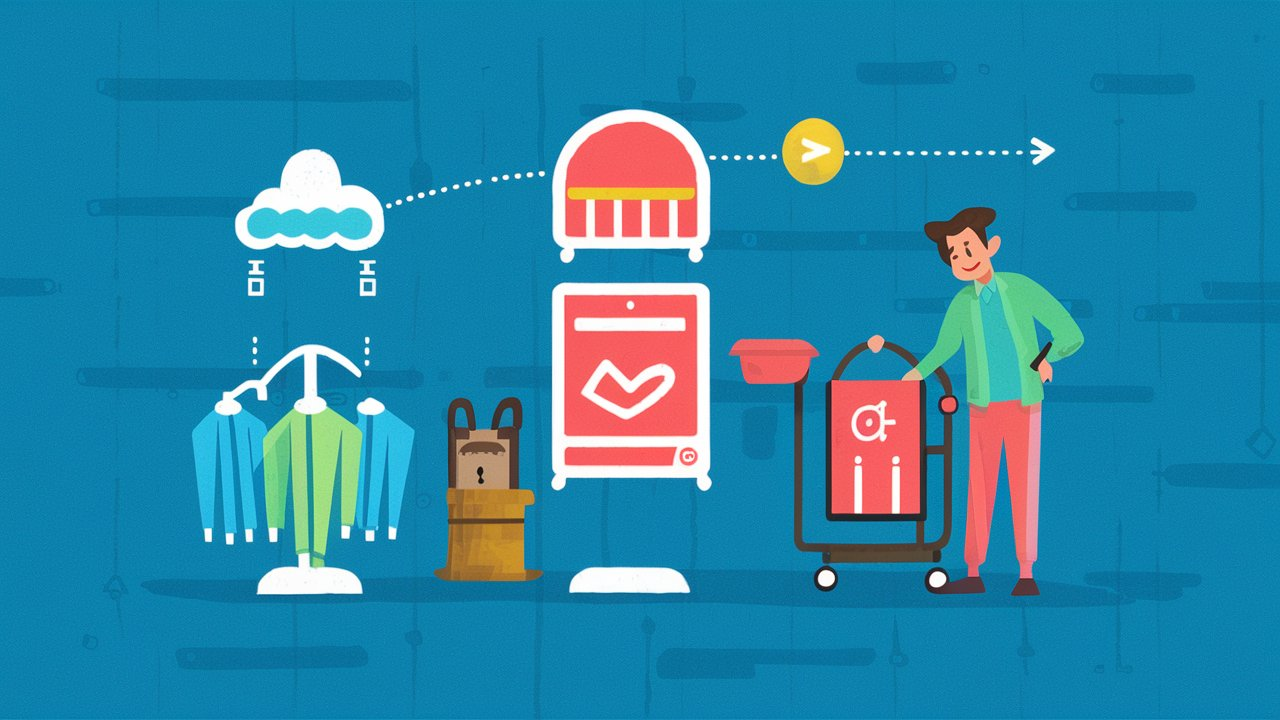Introduction
In the fast-paced world of IT, the service desk plays a crucial role in ensuring smooth operations and addressing user needs. However, as organizations grow and technology becomes increasingly complex, the service desk can often become bogged down with inefficient processes and communication breakdowns. This is where sequence diagrams can be a game-changer, providing a powerful tool for visualizing and optimizing IT service desk workflows.
Sequence diagrams are a type of UML (Unified Modeling Language) diagram that illustrates the interactions between different entities, or "actors," over time. In the context of the IT service desk, sequence diagrams can be used to map out the various steps involved in handling incidents, requests, and other service desk tasks. By creating these visual representations, IT teams can identify bottlenecks, streamline processes, and improve communication between service desk agents, end-users, and other stakeholders.
In this blog post, we'll explore the benefits of using sequence diagrams for IT service desk operations, and provide practical examples of how they can be implemented using the popular ZenUML diagramming tool.

